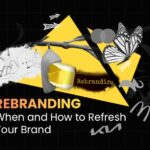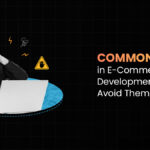
Image Source: Nina Gregier
So your business has an established brand identity, but does it have processes in place that can allow it to change on-the-go with today’s trends while remaining consistent? In this article, I will aim to explain what it means for brands to have a ‘Dynamic Brand Identity‘ and why it is imperative for business leaders to adopt one immediately in order to avoid falling prey to easily-sparked internet hate and to stay ahead of competitors.
But before we begin, let’s define the meaning of “Brand Identity” and “Branding”. Brand Identity can be defined as, in simplistic terms, a brand’s Purpose, Values, Visual and Emotional Aesthetics, and Target Audience. Branding can be defined as the expression of a brand’s identity.
Defining a Brand’s Identity used to be a ‘one-time’ exercise, and ‘Rebranding’ was only required when the brand made significant changes to itself or its target audience (Does Your Company Need Rebrand?). But something very fundamental has been modified in recent years with the advent and standardization of social media: a strong focus is now being placed on Brand Values.
The world has entered a phase of the Social Renaissance. After the two greatest wars have been fought and left behind, in this period of a relatively high level of global-stability, a spotlight has been trained towards social issues like never before.
Audiences are placing a very high level of importance on brand values, and most tend to prefer brands that share their social and ethical position regardless of the quality of the brand’s products or services. Some of the qualities that audiences look for in brands are:
- Progressiveness
- Sourcing and manufacturing products ethically
- Eco-friendliness
- Early adoption of social change, and
- Reacting quickly and efficiently to any controversies that may arise
A great example of this is the rising global interest in what are known as Alt-Tech websites such as Gab.ai and Bitchute to fight the alleged mainstream censorship of conservative voices and opinions.
In other words, the timeline of the evolution of brand values has been monumentally minimized. Brands in this era can either change quickly or fall victim to a numbing amount of online hate and financial loss over simple things (also known as Cancel Culture).
So what I mean when I say “Dynamic Brand Identity” is a brand that has processes in place that allow rapid updation and action upon a Brand’s Values. Coca-Cola and Apple are great examples of brands with Dynamic Identities.
“Forget trying to make the internet like you, these days, it’s more important to figure out how to make people not-hate you.” goes the joke that’s been making the rounds lately.
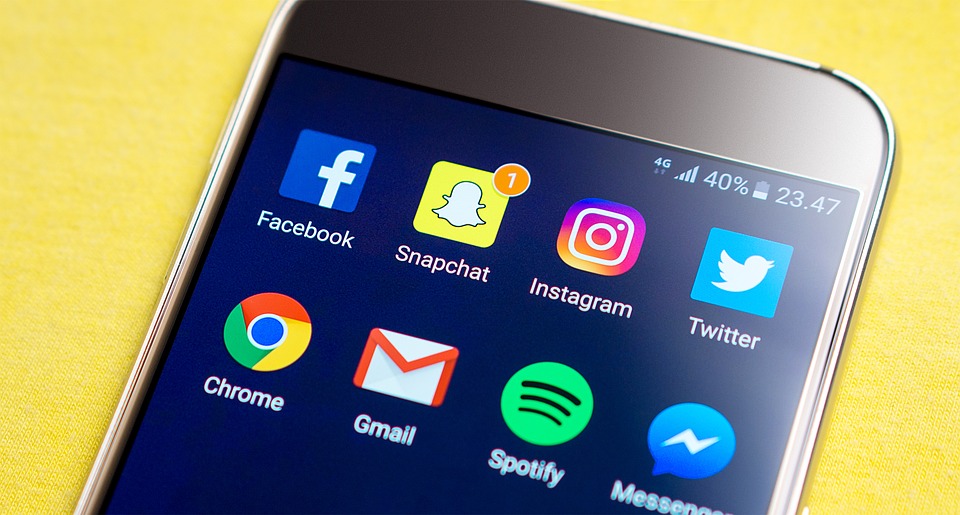
Ever since brands have entered the realm of social media and the age of instant communication, they’re finding themselves being forced to play a dangerous game that cannot be played.
It can take years and years to build a positive brand image, but all it takes is one wrong decision to make the entire internet turn against you and cause lasting damage that costs a lot of money, recovering from which can often take much longer and is a lot more expensive.
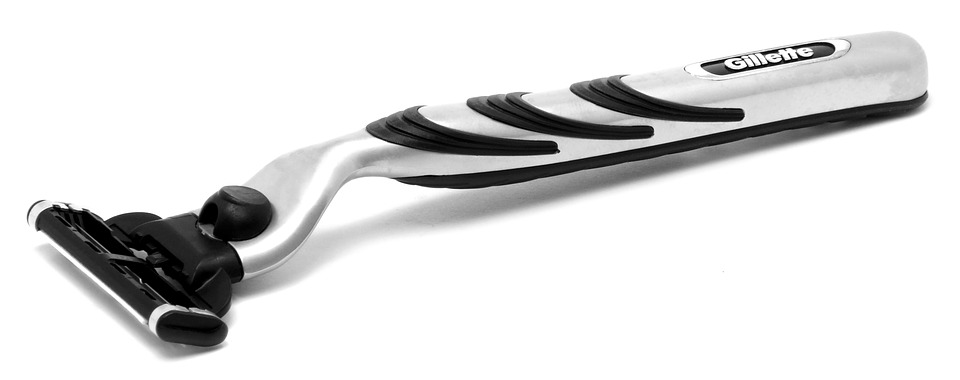
“Gillette lost loyal customers over their controversial advert addressing toxic masculinity”
Such a negative experience has been faced by several big brands, one of them being Gillette over a controversial advert they published in January of 2019 in an attempt to tackle the issue of “Toxic Masculinity”, which, although being a progressive topic of discussion, colored Gillette’s largest target audience: Men, in a highly negative light.
Gillette’s parent company Proctor and Gamble reported a net loss of about $5.24 billion, or $2.12 per share, for the financial quarter, due to an $8 billion non-cash write-down of Gillette. Although the writedown can’t be directly attributed to Gillette’s ad campaign, it is safe to assume that the outrage caused by the ad campaign cost Gillette significantly.
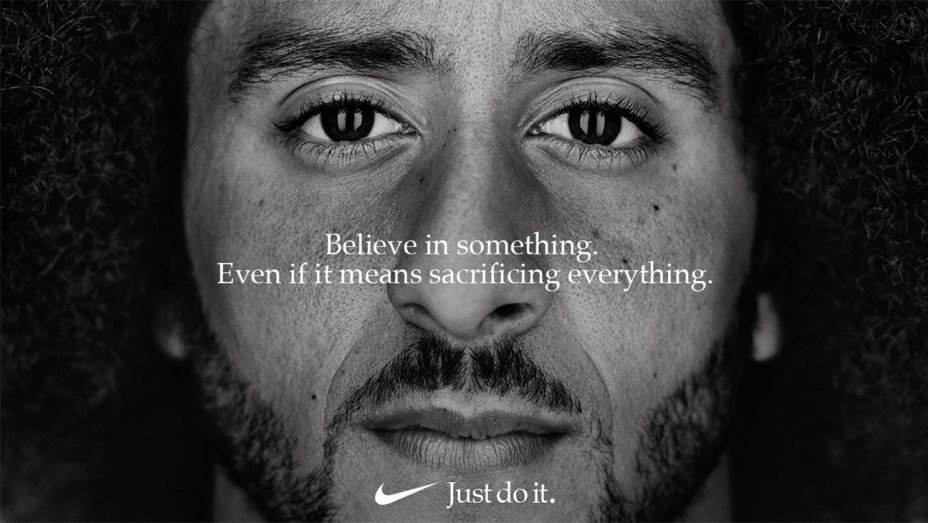
“The controversial ad campaign by Nike that boosted its sales by 31%”
On the other hand, despite the severe backlash, Nike’s Colin Kaepernick Ad Campaign addressing racial inequality in the United States reportedly increased online sales by 31% compared to the same time-frame the previous year.
So the question now becomes: how can business leaders navigate these turbulent and dangerous waters of online presence and constant social evolution amid controversies? The answer is to have a Dynamic Brand Identity that permits rapid changes to a brand’s social values.
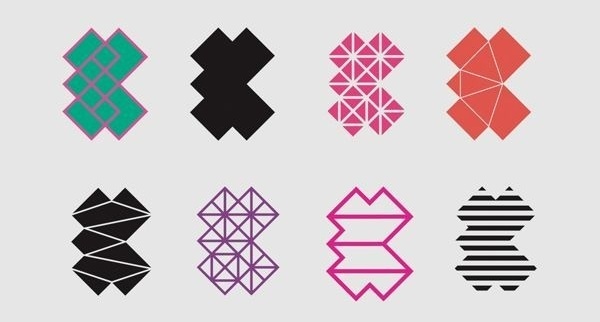
“Hire people who have a firm grasp on the social pulse”
The best way for business leaders to create a Dynamic Brand Identity is either to create a dedicated team within the brand, or by hiring a branding agency to firstly, define the brand’s social position, and second, create a strategy to respond quickly and in a socially effective manner.
The kind of people that business leaders must look to hire for this purpose are those who have a firm grasp on the pulse of the social trends that appear and fluctuate online and who themselves have a strong, personal social position that aligns with that of the brand.
Despite all this being said, controversies will inevitably arise, and in many cases, there is nothing better than a brand can do besides maintaining good communication with its audiences and putting its values into action. A brand shouldn’t give in to all of the internet’s demands, which are seldom viable. Sometimes that can also mean sticking to what you as a brand think is right and hoping for the best. Just like twitter, who still refuses to remove Donald Trump from its platform despite the continual backlash.
